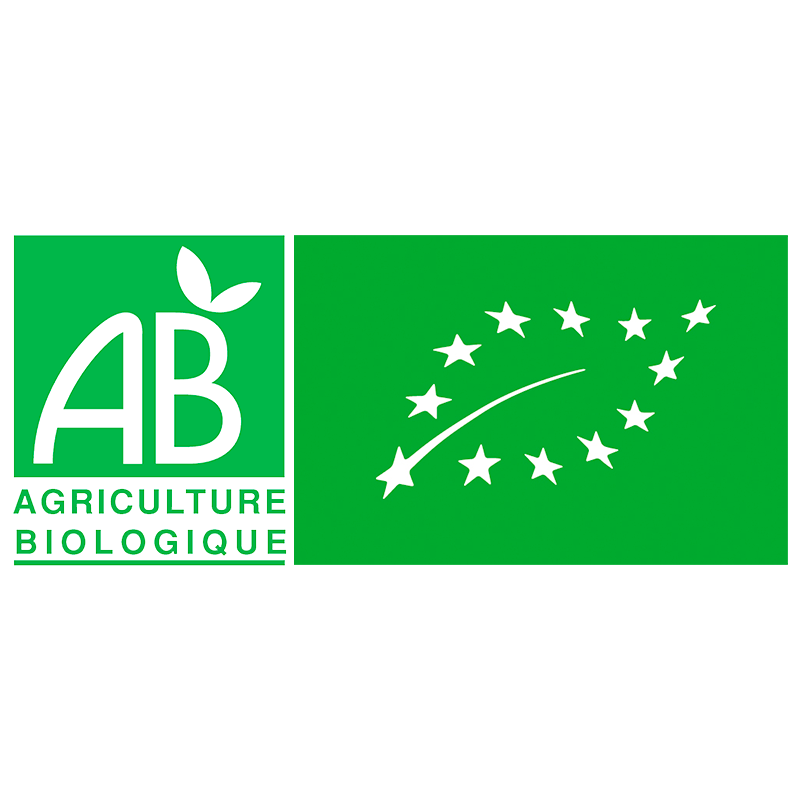Domaine la Cabotte is named for the small stone shelters and tool sheds used by growers in the vineyards. Purchased in 1981 and owned by the Burgundian Plumet family ever since, this winery has grown from 10 to 30 hectares of vines planted around the estate, as well as 1.5 hectares in Châteauneuf-du-Pape. It is certified organic and farmed biodynamically. The mainly limestone and sandy soils of the plateau of the Massif d’Uchaux are very poor in nutrients, producing wines of real finesse and elegance.
Presentation
Presentation
Marie-Pierre and Eric use the lunar calendar as a guidepost for appropriate natural vine treatments. Keeping the yields low, an uncommon practice in the high-yielding Côtes-du-Rhône, is paramount to their philosophy. They prune aggressively in the winter, de-bud in the spring and perform a green harvest in the summer. After the harvest, all of the grapes are sorted rigorously (once in the vineyards, another at the winery) and are de-stemmed. Fermentation takes place quickly, and the must is pumped-over twice a day. The wines then go through a post-fermentation maceration of six to seven days to soften the tannins. The wines are aged in tanks and bottled in the spring.
Terroir
Composed of siliceous and calcareous sandstone dating from the Upper Cretaceous period. These stony sandy-clay soils facilitate good rooting allowing a balanced water regime. The surface texture has a high calorific value linked to the important stoniness. All these particularities combined with a south/south-east exposure, contribute to a low production of the plant, to a slow and regular maturation, promise of an optimal concentration and maturity of the grapes.
In the vineyard
To express all the particularities of the terroir, and the typicality of the vineyard (45 hectares in a single block, including 30 hectares of vines), the estate maintains a harmonious ecological balance by respecting the natural cycles of the earth to constantly regenerate and renew the life of the soil. This is the basis of our commitment to organic and biodynamic viticulture.
Winemaking
When the grapes are put into the vat, they may be partially blended. may be carried out. The grapes are destemmed, and vatting is long without excessive extraction in temperature-controlled temperature-controlled vats. During this period, a few may be programmed.
Ageing
The malolactic fermentation and ageing take place in vats. Bottling takes place before the hot summer weather.
Varietals
Grenache noir : 50%
Syrah : 25%
Carignan : 10%
Cinsault : 10%
Mourvèdre : 5%
Syrah : 25%
Carignan : 10%
Cinsault : 10%
Mourvèdre : 5%
Specifications
Alcohol content : 14.5 % vol.
Contains sulphites. Does not contain egg or egg products. Does not contain milk or milk-based products.
Contains sulphites. Does not contain egg or egg products. Does not contain milk or milk-based products.


Advice
Serving
T° of service: 16°C / 60°F.
Ageing potential
Enjoy all year long, 5 years
Tasting
Plenty of spice and earth are coated with sweet fruit. Blackberries and raspberries are in abundance, with some pepper. In the mouth it is rich and unctuous. Bright fruit with good acidity balance out this dark red wine.
Food pairings
Grilled meats, red meats, cold cuts, aperitifs, cheese.

